Open companies learned the hard way that it can’t grow to be open. The bottom line speaks exactly how critical it has been to preserve the competitive edge in AI deployments-most especially those that need it. Right, mature Artificial Intelligence is important because firms challenge and take on new possibilities. This is because AI-based automation tools and advanced data analysis make companies much more efficient, come up with brilliant ideas for innovative goods, and run business much more easily.
How to Understand AI According to Your Job
Art then is work made by machines in an attempt to try to do what human beings think. The domain covers learning then to reason to solve problems, understanding a natural language, and much more. With that, businesses get much better by making choices and cutting costs to produce much helped by AI in their activities.
That is the major reason most of them heavily rely on services from AI experts who are very vigilant on how to apply it while finding solutions. They know what business needs, so they can look for other places where AI could apply.
- Advisory and Auditing: Re-audit of business processes through a review by AI Advisory to find where value can be delivered This also gives scope for advisory upfront on how to tailor fit AI within a business.
- Implementation: The specialist installs the AI solution to areas where it can be installed hence allowing the processes to be automated meaning that efficiency is achieved. The specialist either by making an application for the algorithms or automation tools comes up with a plan for change in the process and familiarity with other systems.
- Training and Support: The jobs of AI systems have to be trained and supported on daily functioning. The experts train organizations about the type of application they need to make AI technologies in the best possible manner and accordingly inculcate the same as per the needs of businesses.
Benefits of automation tools
Many benefits are achieved from AI-based automation tools. It can bring about many other changes and improvements in the business process. Some of the significant benefits are as follows:

- Improved Productivity: Automation of routine work saves much-needed time for further value adds. So, it improves productivity and goes towards higher efficiency.
- Saving: Because most parts of the business process automation are happening, there are hardly any chances of human errors in the process, and therefore limit the long-term cost of operations to a very large extent; thus saving is very important.
- Scalability: The rate of upscaling with AI-based automation is very high to cater to further business needs as the business grows. All these will be taken care of by the automation tool without letting go of quality as and when the workload rises with demand.
- Customer Experience: This will enable the organizations to respond in time with accurate information if he is consulting them. Thus, it will be examples like having chatbots that can answer the questions of the customers at any point in time; and gain maximum customer satisfaction and loyalty of the customers.
Data Analysis: The Heart of AI-Based Decisions
Business growth adaptation does not make proper use of AI for data analysis. Precious information flows in with millions and billions of data pieces that later become a basis for updating strategy. And here’s how perfect data analysis will push the growth:

Data-Driven Decision Making
It analyzes huge portions of data concerning trends and patterns for insights that may be valuable for businesses. So, every department is making its decisions based on hard facts.
Predictive Analytics: Since AI works based on data related to the precursor, this assists in predicting the most probable results occurring in near cycles; hence, entrepreneurs are provided with almost the slightest hint within relatively minor cycles about changes that may happen in markets and customer behavior advances. The above points will allow the companies to have sufficient time to act upon other strategies.
Customer Insight: It can even empower the companies to know what the customers love and how they act as individuals, and thus their approach to target through marketing and even product formulations.
Optimization of Operations: Operation data will clarify the weaknesses in the method by which a firm can maintain at optimized levels and, therefore, increase productivity and development.
Innovation Strategies for Growth
This is a huge advantage in case AI is applied to innovation strategies by a company. There are ways and means through which AI can be used. Some of these ways, though not complete, are as follows:

New Products/Services Design: AI will determine what the market needs and hence will try to design new products. This will satisfy the wants of consumers. Business would be in its best position if it has proper data related to market trends and the kind of reaction from consumers.
Value addition: value will be added to the existing products. For example, the type of software applications companies shall employ in the running of the business will now feature AI so as to add functionalities that make them friendly to use.
Agile business models: AI should make a business agile-that is, fast change in business models anytime there is a change in the market action. Agility helps innovation and builds businesses ready to face the long race.
Partnership Innovation: AI geniuses and some technology companies come with innovation strategies once sourced, and that partnership will eventually build some future-cutting solutions to push the very idea beyond the reality of today.
| Aspect | Details |
|---|---|
| AI’s Role in Automation | – Enhances operational efficiency by automating repetitive tasks. |
| – Reduces manual intervention, saving time and costs. | |
| Data Analysis Benefits | – Processes vast data sets quickly for actionable insights. |
| – Improves decision-making by identifying patterns and trends. | |
| Product Innovation | – Encourages creative approaches in developing goods and services. |
| – Allows businesses to cater to changing customer preferences effectively. | |
| Customer Experience | – Implements AI-driven personalization to enhance user satisfaction. |
| – Supports chatbots and virtual assistants for better interaction and quicker problem-solving. | |
| Competitive Edge | – Provides tools to stay ahead in rapidly evolving markets. |
| – Increases adaptability by integrating predictive analytics and market forecasting. | |
| Challenges in AI Deployment | – Requires significant initial investment and expertise. |
| – Demands continuous monitoring to avoid biases and ensure ethical AI practices. | |
| Future Prospects | – Offers scalability and innovation as AI technologies advance. |
| – Drives global business transformations, enabling firms to achieve unprecedented growth. |
AI on Business Culture
AI should be inducted into the company culture. Once an organization begins to invest in AI, then the incubation of the innovation culture and general attitude towards further improvement is quite sure to happen. They are driven enough to adopt innovative technologies with new processes and grow due to that.
- Training and Development: Companies can pay enormous prices for the application of AI because the benefits may eventually come down the line through the application of AI. It can, in the future, enable the workers to release knowledge about the proper utilization of AI technologies that can enable them to fully move with the tamed machines to their advantage.
- Experimental Culture: This is the way through which the employees design new solutions and answers. Break-throughs can be in terms of the goods-to-service provision.
- Empowering Data Literacy: Since data analysis would be a routine activity, therefore, it can be said that the workers will understand and use it better and empower teams in really informed decision-making.
Challenges of AI Adoption
However much AI is significant in the working environment, generally, it pains many in its application to other companies. Among them are:
- Legacy Systems: New AI tools sometimes may become outdated to the legacy systems present in the organizations. In such scenarios, they have to prepare and plan properly without any disbalance.
- Quality of Data: Most AI-based applications are developed mainly upon the quality of data under consideration. The business needs appropriate data management in place so that data is correct and reliable.
- Cost of Implementation: AI technologies and advisory services are indeed highly cost-prohibitive, but one needs to consider it an investment in further growth.
New innovative strategies and a new attitude of continuous improvement open new doors to avenues. Companies like Xtreme Technologies are playing the lead part in transformation with AI and moving to change the face of business. The companies can avail themselves of using the automated tools and exploit data analysis with the help of an expert in AI to plan. It thus provides an environment, not just to survive in but also to invest in AI in order to be able to thrive and succeed. Top Three Business Growth Questions Using AI:
Read Also: Engaging Readers with Interactive Books
Questions of Business Growth Fueled by AI:
Q1) What is business growth backed by AI?
Here is business growth in the name of efficiency, and automation data analysis encompasses insight to what lies behind choices and decision capabilities in addition to action capabilities. It allows business participation in higher-value activities as it saves costs while in pursuit of building customer experiences toward sustainable growth.
Q2) AI Experts AI Experts/Professionals in AI: What is the role of an expert or professional in the application of AI?
The business requirement is well understood, and the business opportunities for implantation are found; orchestrated implantation of AI solutions professionals are the AI professionals. They carry liability along with a well-formulated strategy of the company by preventing misuse of automation tools and providing continuous support along with training for the maximum benefit of AI.
Q3) What might be the roadblocks that could confront companies during AI implantation?
Indeed, quite a number of challenges have to be confronted in the course of integrating AI technology into business organizations among them how they interface with the existing systems even the quality of the data. Proper planning combined with good practice concerning how the data has to be treated forms part of how challenges can be beaten so that AI becomes a long-term investment.



























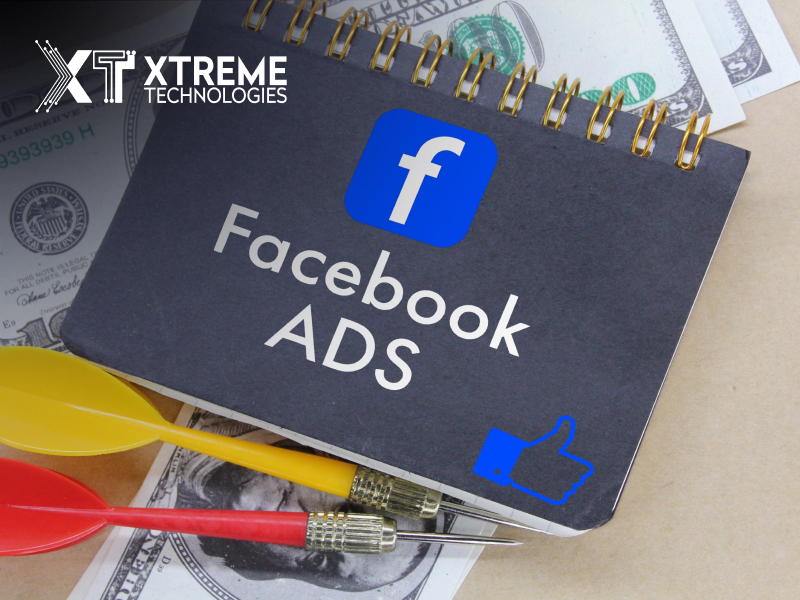








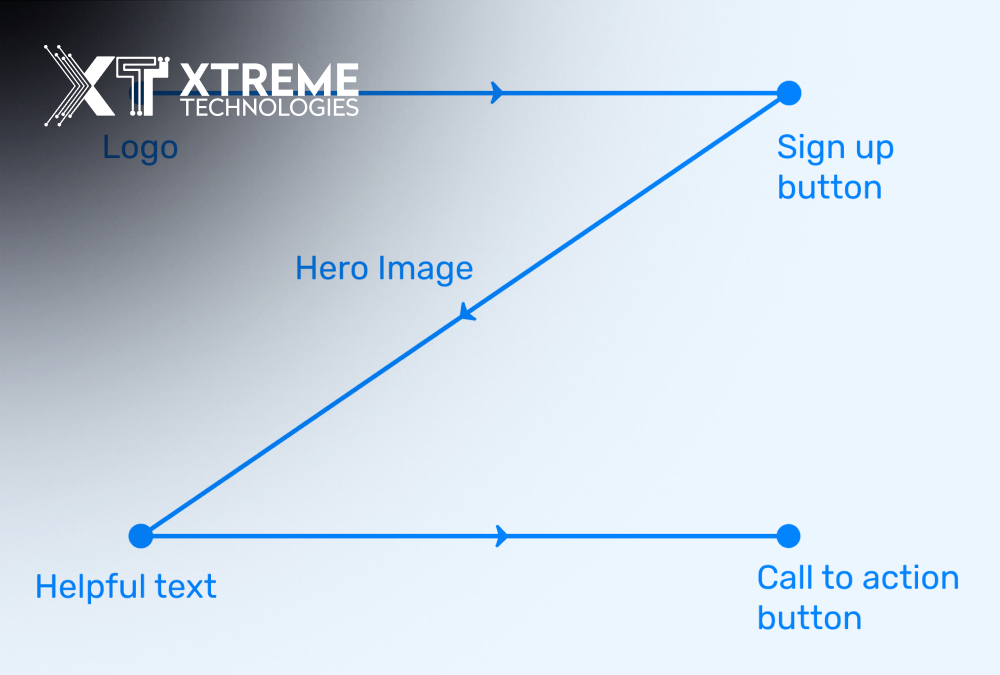
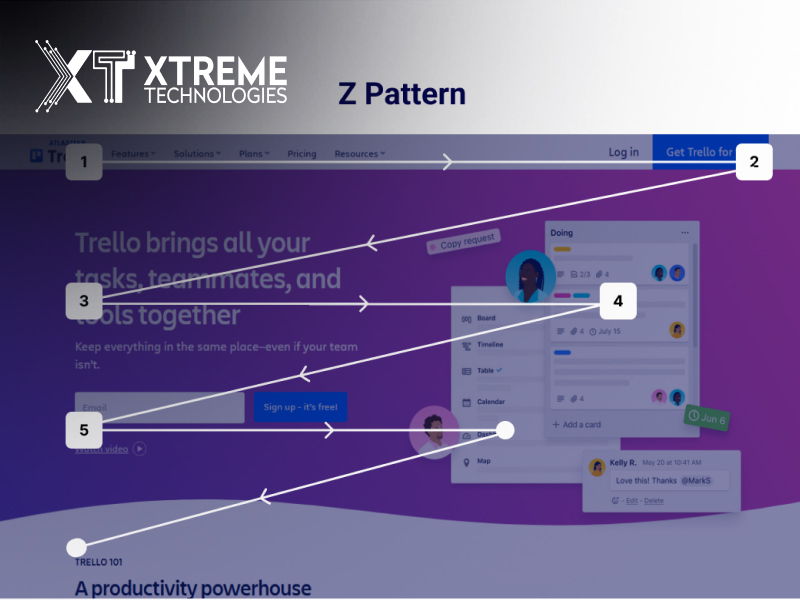
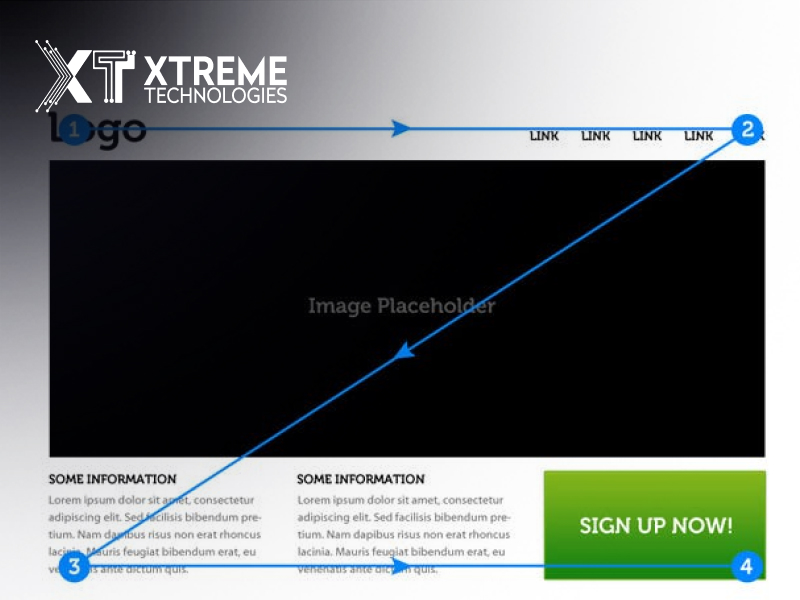
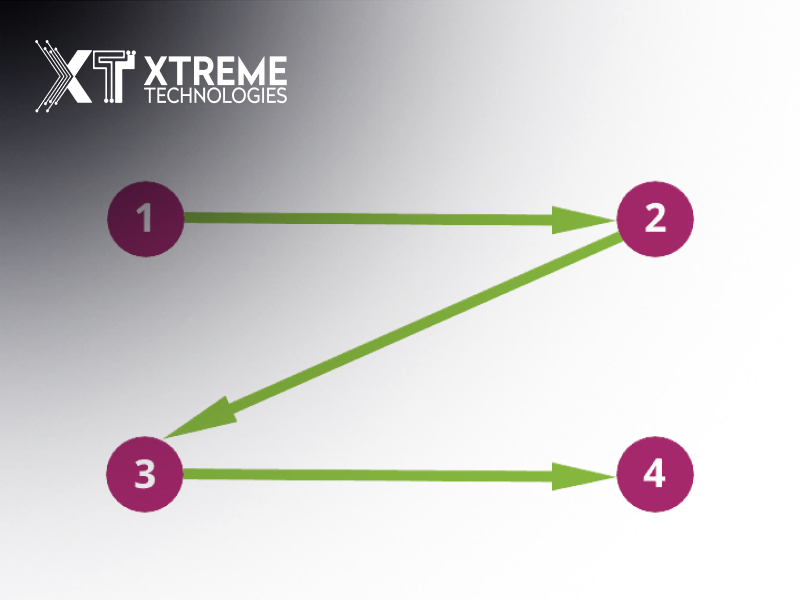




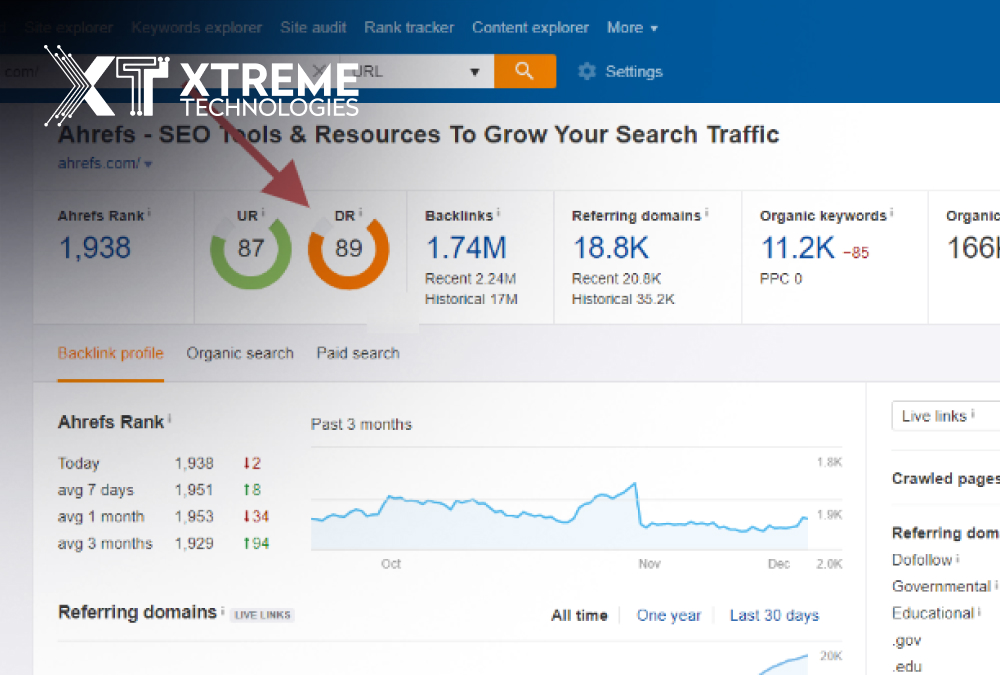



Recent Comments